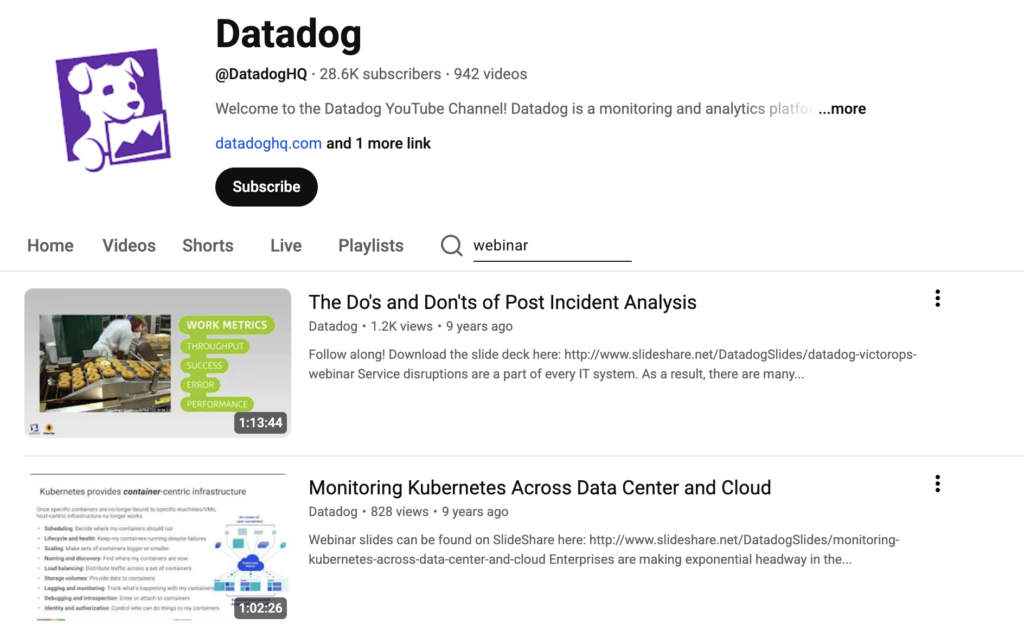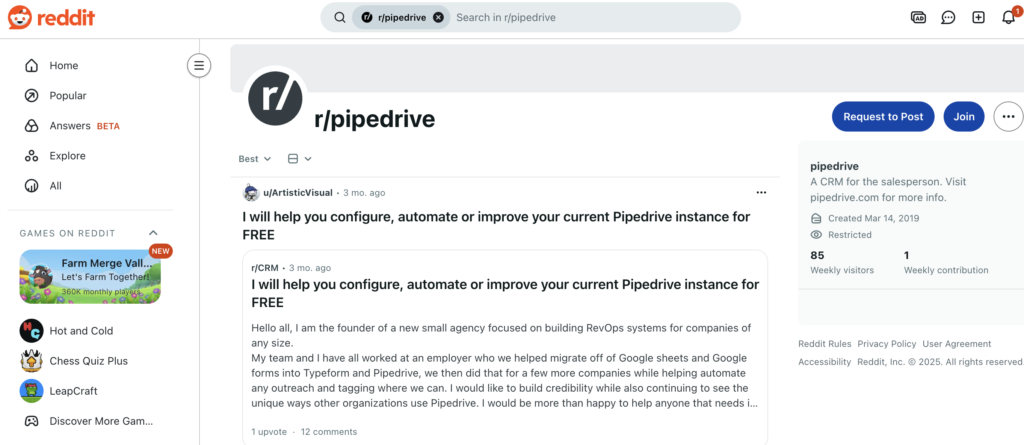Marketing to professionals and tech users calls for a unique strategy. These people are well-informed, motivated by research, and unsure of conventional methods of marketing.
They demand content that shows actual skills and usefulness, and they place a higher value on truth than marketing.
In order to effectively reach and engage this skilled audience, this article reviews nine proven methods.
1. Create In-Depth Technical Documentation and Whitepapers
Professionals in technology value careful, in-depth content that goes beyond the simple. Technical guidance, whitepapers, and complete information are effective resources for establishing trust.
You establish your brand as an informed authority when you offer in-depth explanations of difficult ideas, designs for systems, or application methods.
Real-world applications, case studies, and findings supported by data should all be included in these resources.

A cybersecurity firm can, for example, publish a thorough whitepaper that includes data support and practical suggestions to review current risk ecosystems.
Naturally, qualified leads who are actively looking for solutions find their way to this kind of content.
2. Develop Educational Video Content and Webinars
Technical audiences take well to interactive learning. You can show your skills and offer immediate value by producing helpful webinars, product tests, and training videos.

When learning new tools or resolving problems, tech users are always looking for training videos. You can hold attention during key decision-making times by creating great video content that solves common problems.
Think about holding monthly webinars with professionals from the field talking about new trends, best practices, or creative fixes.
These meetings establish your company as a thought leader and provide chances for in-the-moment interaction.
3. Leverage Email Marketing with Targeted Segmentation
Creating a technology users email list allows you to communicate directly with your target audience. However, effective targeting and division are required for success.
Since technology workers receive a lot of emails every day, your messages need to be very useful and useful.
Organize your list according to technical specialties, industries, job roles, and levels of engagement.
Provide content that is specifically created for the problems that different groups face. For example, share technical training with developers and cloud transfer guides with IT managers.
Incorporate special access to early product updates, beta features, or technical resources that aren’t open to everyone. With this method, your email list becomes a relationship-building tool rather than a marketing tool.
4. Publish Regular Technical Blog Posts and Tutorials
Regular blogging improves your reputation as an information source that can be trusted.
Technology workers are always looking for answers to particular issues, and blog posts that are optimized for search engines can reel in this traffic.
Work on producing analysis articles, fixing articles, how-to guides, and training materials that offer real value.

While keeping knowledge of the subject, use language that is simple and easy to understand. When needed, provide screenshots, code sections, and detailed guidance.
For example, a SaaS business could create blog entries every week about security best practices, performance optimization advice, or API connection methods.
This content shows product knowledge as well as bringing in organic traffic.
5. Build and Nurture a Professional Email List
One of your most important marketing tools for reaching technology decision-makers is a professional email list.
Professional audiences, as compared to consumer audiences, look for content that advances their careers, increases productivity, or solves business problems.
Offer premium resources like industry reports, certification manuals, or unique tools in return for receiving emails if you want to successfully grow this list.
Make sure the value that subscribers will receive is communicated clearly in your signup requests. Once subscribers have signed up, keep them interested by regularly delivering outstanding material.
Send out invitations to special events, product updates with information about the product, and reviews of industry news.
Sending only important, well-written messages that get their attention is the key to showing them that you respect their inbox.
6. Participate Actively in Technical Communities and Forums
Professionals in technology meet on social media, in forums, and in specialized online groups. Taking part in these events with honesty increases trust and brand awareness.
The chance for showing skills can be found on sites like Stack Exchange, Reddit’s technology pages, a platform like posts, and LinkedIn groups.

Respond to messages, offer opinions, and join in conversations without supporting your goods.
Community members start thinking of your brand as dependable when you regularly offer useful information.
Since this organic approach is founded on proven value rather than promises, it usually generates more qualified leads than direct marketing.
7. Showcase Real Customer Success Stories and Case Studies
User experiences are more trusted by tech professionals than marketing claims. Strong social proof is provided by complete case studies that show how other organizations used your solution to solve issues. Add specific numbers, issues resolved, process steps, and specific results.
Give an example of how your control solution helped a manufacturing company cut down on system downtime by 40%.
Describe what made the difference with remarks from the technical team. They can lower the overall risk during the decision-making process by helping prospects see how your offering could work in their own setting.
8. Offer Free Tools, Resources, and Open-Source Contributions
Offering really helpful tools for free shows both skill and goodwill at the same time. Users of technology value tools that provide quick fixes without requiring effort.
These include testing devices, programs, templates, and browser tools may fall under this category.
To help developers boost performance, a database company might, for example, provide a free optimization of queries tool.
These resources introduce users to your larger ecosystem, build goodwill, and collect contact details. In a similar way, joining open-source projects shows your team’s abilities and increases credibility in technical groups.
9. Implement Account-Based Marketing for Enterprise Targets
Account-based marketing produces better outcomes when aimed at enterprise clients and big organizations.
Focusing on investing resources in large campaigns, this method targets particular high-value accounts.
To understand the target accounts’ technology systems, current issues, and methods for making decisions, conduct deep studies on them.
Provide information that relates to their particular situation. These could be particular meetings, unique examples, or solution messages special to a particular industry.
Throughout the buyer’s journey, connect the efforts of the technical, sales, and marketing teams to provide helpful, uniform information. This targeted strategy values complex decision-making processes common to business technology deals.
Conclusion
To effectively market to professionals and technology users, one must respect their knowledge, time, and skills.
These nine methods place a major focus on establishing true connections, proving technical expertise, and offering real value.
You can successfully reach this particular audience and position your brand as an invaluable resource in their career success by promoting educational content, targeted communication, and community involvement.








